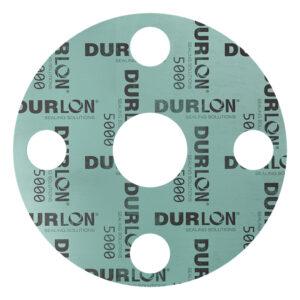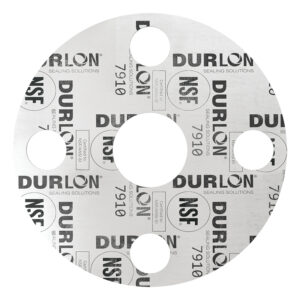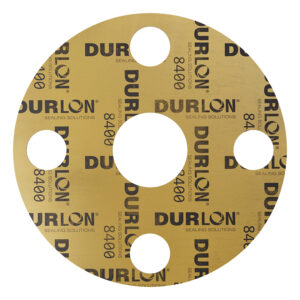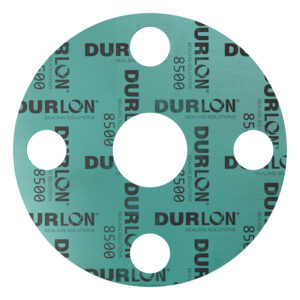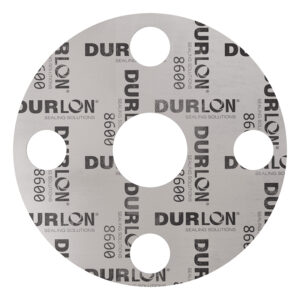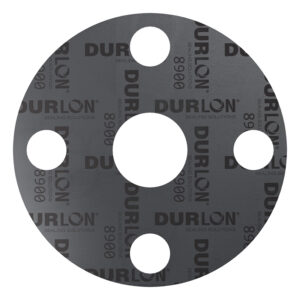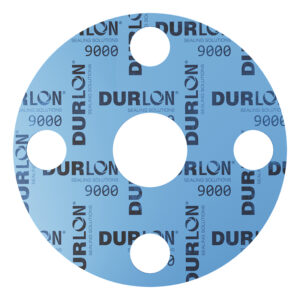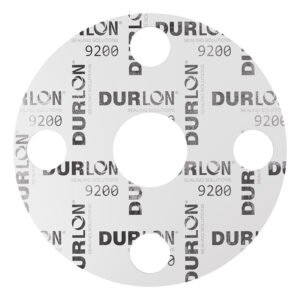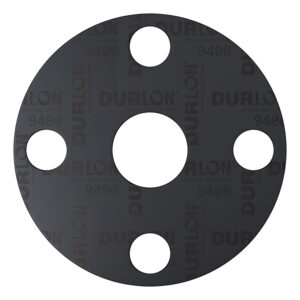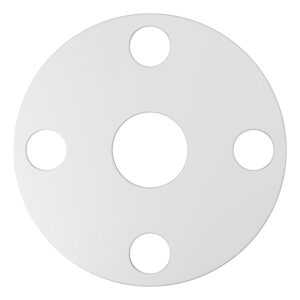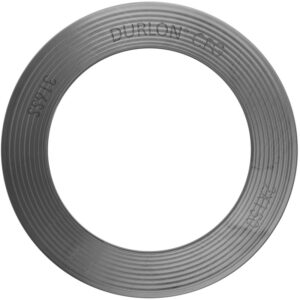The following literature provides a basic overview of a water and wastewater processing application. View by turning the pages using the arrow on the right side (we recommend expanding to full-screen mode), double-click on a page to zoom in or out, or Download here.
The following 3D Interactive Video displays the general flow process of a wastewater plant. Instructions are below.
- Click on the play button to start the video.
- For best viewing while in “play” mode, we recommend expanding to full-screen mode. Do this by clicking on the bottom right icon.
- Once the video begins, use the forward or rewind buttons that will appear at the bottom of the screen as you motion your mouse to that area.
- When in the play mode, you can zoom in or out of the mechanical elements by using the scroll feature of your mouse, or simply use your mouse curser to click and drag the scene around to locate all the elements. Click on any of the Durlon products that appear in the pop-up windows to be directed to more information of that products features.
- Click the escape button of your keyboard to return to the original screen mode.
The water and wastewater industry is a critical component of many other industries and plays a vital role in ensuring the smooth operation of the various sectors. Many industries generate wastewater as a by-product of their flow processes, and in turn, use treated water. Here are some examples:
Agriculture: The agricultural industry generates wastewater from various activities such as irrigation, animal husbandry, and food processing. Irrigation runoff and agricultural discharges can contain nutrients, pesticides, and sediment that can adversely affect water quality. Additionally, wastewater generated from animal husbandry operations, such as dairy farms and feed-lots, can contain high levels of organic matter and nutrients.
Treated wastewater can be used for irrigation in agriculture, and is particularly beneficial in areas with limited freshwater resources or during drought conditions.
General Manufacturing: Many manufacturing processes require large quantities of water for cooling, cleaning, and process control. Treated water can be used in place of freshwater for these purposes, reducing the demand for natural resources.
Pulp and Paper: The pulp and paper industry uses treated water for pulp processing and wastewater treatment. Treated water can be used for these processes and for non-potable uses such as cooling towers and boilers. Wastewater is mainly generated through processes that typically involve the use of large quantities of water to transport, separate, and process the raw materials.
During these processes, the water becomes contaminated with various substances of organic and inorganic compounds. These contaminants can also include chemicals used in the production process, such as bleaching, dyes, and sizing agents.
Metal Fabrication: The steel industry uses treated water for cooling and process control, as well as for the de-scaling of steel surfaces.
Chemical and Pharmaceutical: The chemical and pharmaceutical industries generate wastewater from manufacturing processes that use large quantities of water for cooling, cleaning, and processing.
Food and Beverage: The food and beverage industry generates wastewater from cleaning, food processing, and cooking operations. Treated water can be used in the manufacturing process for cleaning and sanitation, as well as for cooking and brewing.
Power Generation: The power generation industry generates wastewater from various activities, including cooling water discharge, flue gas desulfurization, and ash handling. Cooling water discharge is one of the largest sources of wastewater from power plants, as large amounts of water are required to cool the turbines and other equipment. Flue gas desulfurization generates wastewater containing contaminants such as sulfur, calcium, and heavy metals, while ash handling generates wastewater with high levels of dissolved solids and metals.
Oil and Gas: The oil and gas industry generates wastewater from drilling, hydraulic fracturing, and refining operations. Treated water can be used for hydraulic fracturing, cooling, and processing operations, as well as for dust suppression and irrigation.
Mining: The mining industry generates wastewater from extraction, processing, and transportation activities. Treated water may used for dust suppression, ore processing, and mineral separation.
Overall, the use of treated water in various industries can help reduce freshwater demand and promote sustainability. However, the generation of wastewater from these industries highlights the importance of proper wastewater management and treatment to protect public health and the environment.
Water and wastewater treatment are a critical part of our everyday lives that are often taken for granted. At Durlon®, we take this seriously. Water needs to be cleaned and treated before it makes its way through piping systems and eventually into peoples’ homes or disposed of so that it causes no detrimental impact to the environment. Whether it is disposed into the natural environment or in sewage networks, the chemical and physical properties of the wastewater need to comply with current regulations.
Industrial wastewater is produced by many sources; breweries, dairy farms, pulp and paper, mining, pharmaceuticals, steel production, oil and gas fracking, nuclear plant, and food processing just to name a few. Whether it is disposed into the natural environment or in sewage networks, the chemical and physical properties of the wastewater need to comply with current regulations.
From water production to wastewater treatment, Durlon® delivers safe, durable, and easy-to-maintain sealing solutions that recognize the critical importance and regulatory requirements of virtually every area of water management, including municipal, industrial, stormwater, wastewater, environmental, and drinking water. We are experienced in supplying sealing solutions for this complex market’s many application scenarios; to help eliminate water flush, excessive movement, erosion, and corrosion risks posed by thick sludge, chlorinated water, and other common industrial materials.
Below is a list of Durlon® gasket recomendations for the Water and Wastewater Industry:

